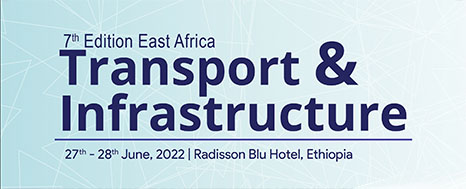Globalization Is Recovering
Researchers have recently concluded an in-depth study and have come to the conclusion that globalization is recovering and has nearly reached the same state as it had been prior to the Global Economic Crisis. Researchers measured data related to cross-border trade flows, capital, the transfer of information, and the movement of people, Protectionism was also a factor, however it was determined that it affected the depth of trade and not the interconnectedness of trade.
Although the connections and movement of people and goods in comparison to results from a year ago show momentum, the depth of trade has been limited due to protectionist policies. The study also concluded that this depth continues to stagnate with the result of trillions lost in trade opportunity.The researchers also noted that economic activity has shifted to the emerging markets of Asia. However, some of the markets with the most substantial growth were outside of the region and within the top 10 biggest growth over the past year were Jamaica, Burundi, and Mozambique. For those in the developed economies, the same is not true. Unfortunately, the more developed economies of the world have remained outside of the emerging markets and have failed to wrangle some of the growth to their own benefit and instead have continued exchanging between developed countries.
An example of the lag associated with developed economies is the USA. According to the research the USA ranked 23rd in a list of 140 countries despite being the most connected countries of the Americas and ranking 1st in capital and information factors. In Europe The Netherlands is the most connected country of Europe.
There are few studies that take a look at global trade in a three-dimensional matter such as what is seen above. Based upon the findings of the researchers, it does appear that the globe is returning to the state of interconnectedness that existed prior to 2007, however what has changed is that the gravity of economies has shifted to the East and is now found in Asia where consumers have increased as well as economies that have seen significant growth even in the post-crisis years.
Europe and North America remain the most connected regions, however the developing economies of Asia and some in Africa are seeing high rates of growth and in turn are increasing their connectedness. The one area that is stagnating across the globe is the depth of trade between states and if this can be increased, then it’s expected that economies would find even more growth.
Member Testimonials
Our Partners
X2 Conference
Our special networking event is about smart freight forwarders coming together to grow and develop business within the group by providing an opportunity for all members to gather in one place to form and extend personal relationships.
- 1
- 2
- 3
- 4
- 5
- 6
- 7
- 8
- 9
- 10
- 11
- 12

NEW YORK
- 1
- 2
- 3
- 4
- 5
- 6
- 7
- 8
- 9
- 10
- 11
- 12

sao paulo
- 1
- 2
- 3
- 4
- 5
- 6
- 7
- 8
- 9
- 10
- 11
- 12

london
- 1
- 2
- 3
- 4
- 5
- 6
- 7
- 8
- 9
- 10
- 11
- 12

dubai
- 1
- 2
- 3
- 4
- 5
- 6
- 7
- 8
- 9
- 10
- 11
- 12

bangkok
- 1
- 2
- 3
- 4
- 5
- 6
- 7
- 8
- 9
- 10
- 11
- 12

hong kong
- 1
- 2
- 3
- 4
- 5
- 6
- 7
- 8
- 9
- 10
- 11
- 12

tokyo
- 1
- 2
- 3
- 4
- 5
- 6
- 7
- 8
- 9
- 10
- 11
- 12

sydney
Book a Discovery Call with our Network Development Managers
Got questions or want to explore new opportunities within our networks? Schedule a one on one meeting with our Network Development Managers.


























.jpg)








































